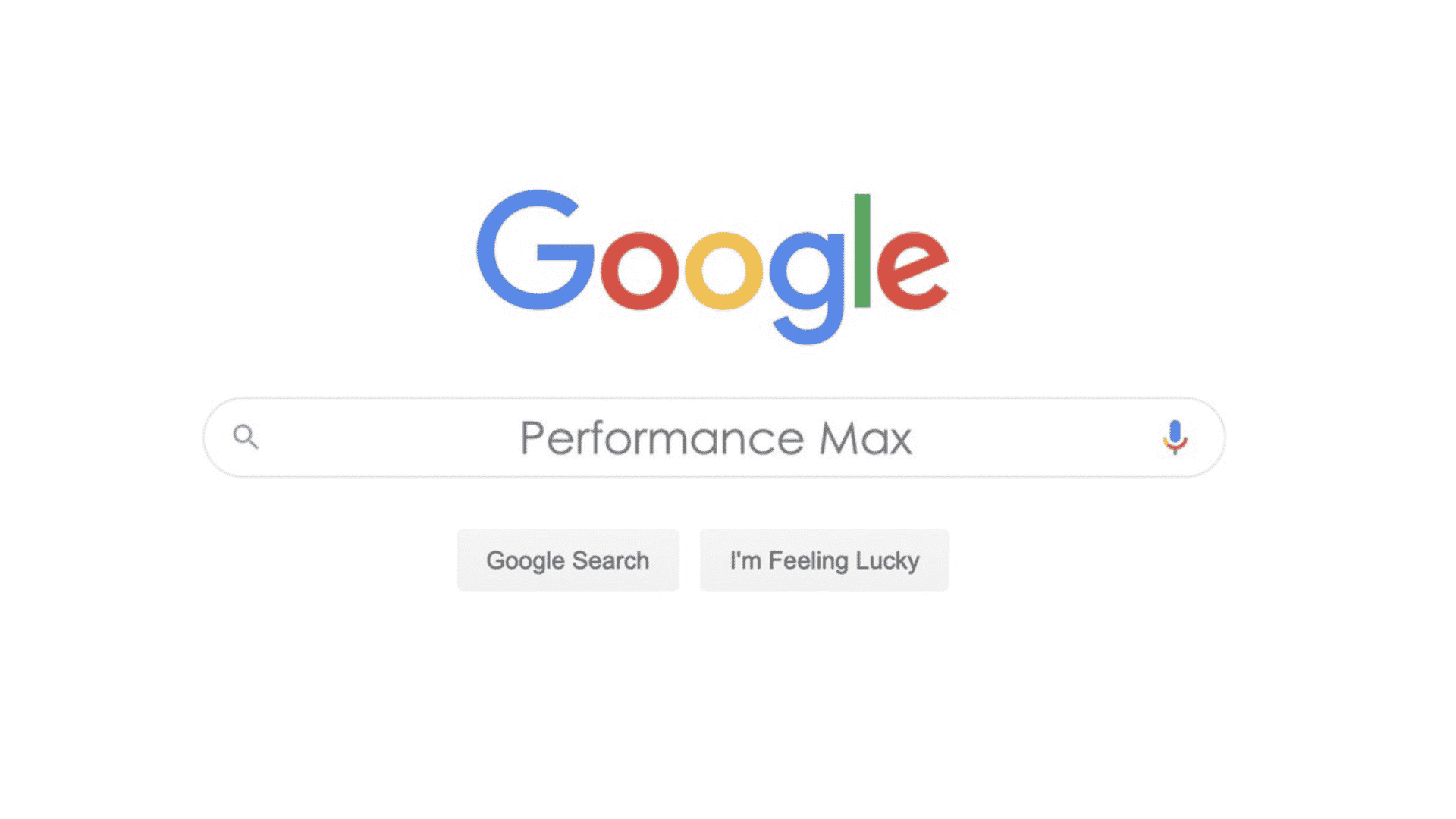Despite the significant allocation of Performance Max (PMax) advertising spend toward Shopping Ads, many marketers struggle to leverage its full potential. The key lies in the campaign structure.
At SMX Advanced 2024, Andrew Lolk, founder of Savvy Revenue, shared insights on optimizing Google’s Performance Max (PMax) campaigns for ecommerce businesses.
Below are the key takeaways from his presentation.
The state of Performance Max
Performance Max has become the dominant campaign type for ecommerce, with shopping ads accounting for up to 95% of spend.
Despite initial excitement, Performance Max still lacks crucial insights and control compared to traditional campaign types.
Performance Max vs. Meta Ads
Google’s Performance Max algorithm lags behind Meta’s in terms of ad targeting and optimization without search intent. Lolk said:
- “Why doesn’t PMax do better compared to Meta? So, I think that Google simply just don’t need to. I’m sure they want to, but they don’t need to. Search ads is still such a cash cow.
- “Apparently, it’s not that easy to create an algorithm from an ad perspective, like Meta has done. A lot of other social media companies haven’t been able to do it. Even though Meta makes it seem so easy they’re really light years ahead of Google.
- “PMax struggles to effectively utilize Google’s diverse ad inventory across YouTube, Display and Search.”
Dig deeper: Meta Ads for ecommerce: 7 things to test and iterate
Campaign structures for better performance
Basic setup: Include first-party data and customer lists; be cautious with new customer acquisition settings.
- “You need to add your own onion signals. Meaning your customer list from Klaviyo, from your email list, upload those and your targeting. That’s really what you need from an audience perspective.
- “Don’t touch new custom acquisition unless you know how to do it.”
Consider separating brand and non-brand campaigns for better budget control and performance.
Evaluate whether to include search ads and display/video based on your specific needs and ability to manage potential waste.
- “Should you include search ads? The pros on this is that if you’re not running dynamic search ads, which is basically the search ad component in Pmax, then it’s an easy extra revenue source, and you really should be doing it. It’s super easy. It’s – one ROAS target, one budget is where it’s supposed to be.
- “The cons on the other side is you get really low visibility into search terms and that’s where DSA (dynamic search ads) or search inside PMax can be highly wasteful if you don’t exclude blog, your return policy, informational pages in general, etc.
- “But with very low visibility in PMax, then we can’t actually see how this is happening so it can become highly wasteful. And without insights in Pmax, we have no way to fix it. Then the other side of it, it can be highly wasteful, but it can also just allow for no visibility into whether or not it spends or not.”
Advanced campaign structures
- Hero vs. accessories: Separate campaigns for main products and accessories to optimize budgets and targets.
- ROAS targets: Split high and low performers into separate campaigns to maximize exposure for profitable products.
- Seasonal campaigns: Create distinct campaigns for different seasons or collections to manage budget allocation effectively.
- Expanded ROAS structure: For large catalogs, consider separate campaigns for new products, best sellers and underperforming items.
Standard shopping campaigns
Don’t overlook standard shopping campaigns, which still offer valuable control through priority settings and focused ad inventory.
- “The death of smart shopping is greatly exaggerated. The ability to only get shopping ads clicks, meaning that you’re not mixing in any search and you’re not mixing in any display or YouTube or anything else.”
- “If I’m putting $80,000 a month into this and I bumped that up to $100,000, I am not buying any other ad inventory. I’m buying the same ad inventory as always, and it just performs. That is something that’s invaluable when you scale. So standard shopping for me still works.”
- “Use it when you’re doing a brand and non-brand split, and put non-brand in Pmaxd and brand into a standard shopping campaign.”
Lolk emphasized the importance of tailoring Performance Max campaign structures to solve specific business issues and align with overall marketing strategies.
While Performance Max offers simplicity, advanced structures can significantly improve performance for ecommerce advertisers.
Watch: Maximizing Performance Max: Advanced campaign structures for optimal ROI
To hear all the examples Lolk shared, watch his SMX Advanced presentation here:








